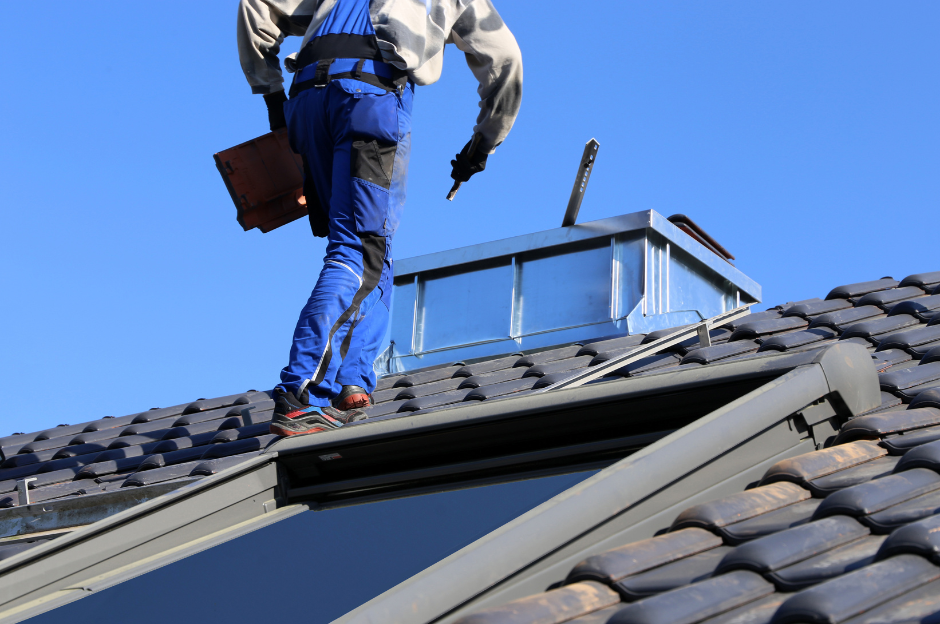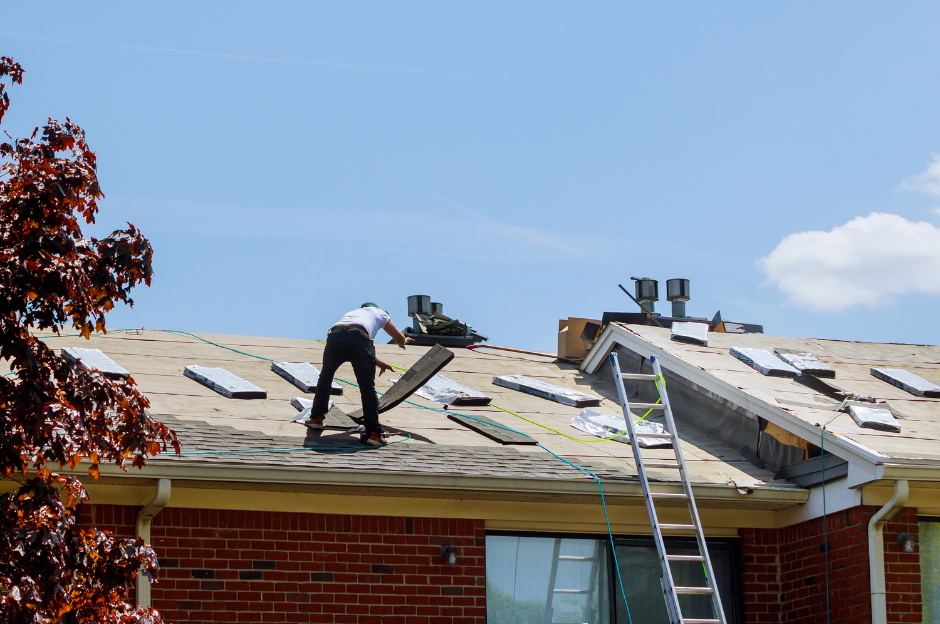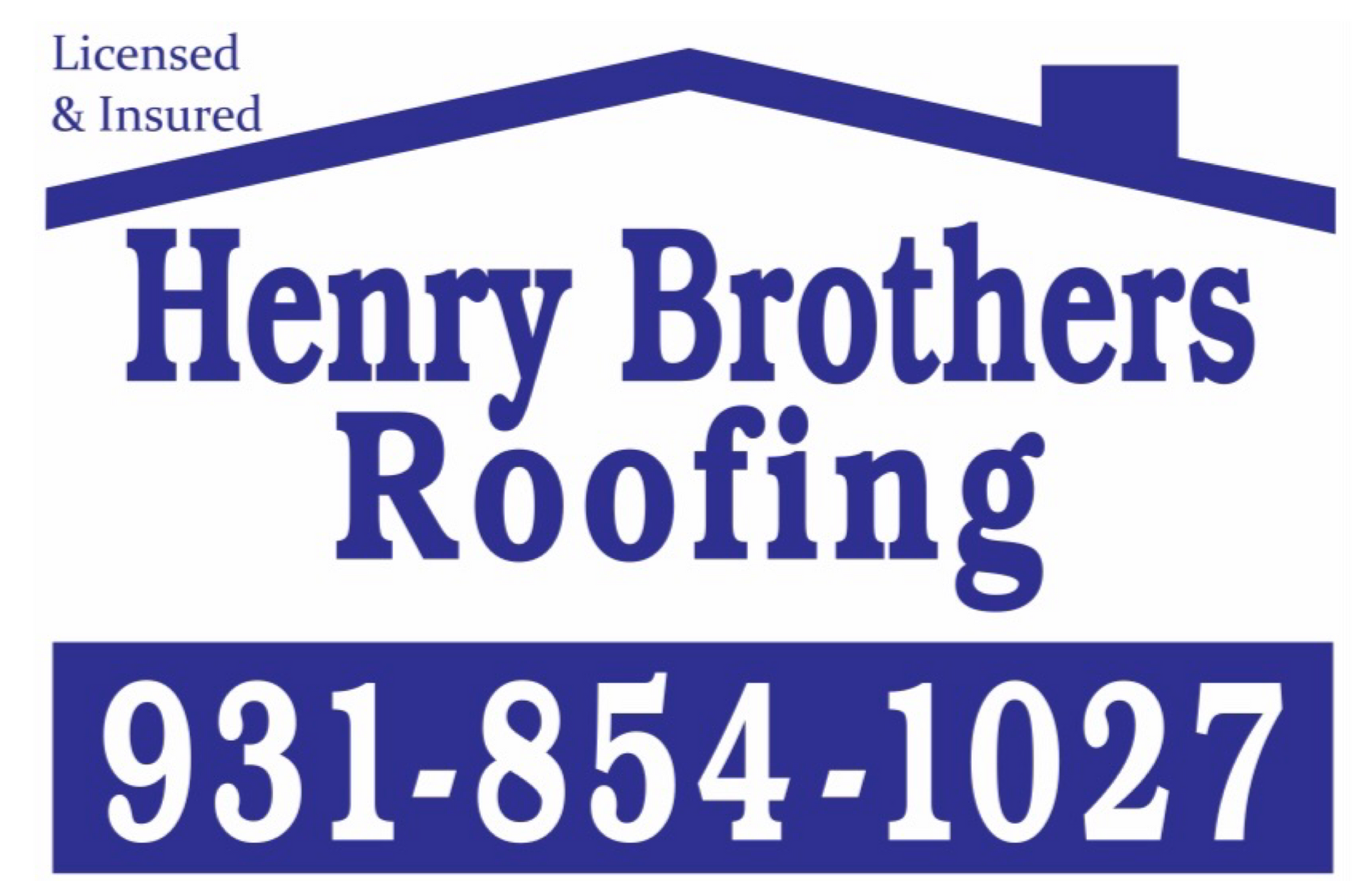The Art of Roofing: Craftsmanship in Modern Solutions
August 2, 2024

Roofing, an essential aspect of construction and architecture, has evolved significantly over the centuries. While its primary function is to protect the structure and its occupants from the elements, the art of roofing encompasses much more. It is a blend of traditional craftsmanship, innovative techniques, and modern materials that together create durable, efficient, and aesthetically pleasing solutions. This blog post explores the intricacies of roofing craftsmanship and highlights the advancements in modern roofing solutions.
The Historical Roots of Roofing Craftsmanship
The history of roofing is as old as human civilization itself. Early roofing solutions were simple yet effective, often using locally available materials such as thatch, clay, and stone. The craftsmanship involved in these early roofing techniques was passed down through generations, with each culture developing unique styles and methods suited to their environment and available resources.
Ancient Roofing Techniques
Thatch Roofing: One of the earliest roofing materials, thatch, involves layering dried vegetation such as straw, reeds, or palm leaves. Thatch roofs are known for their insulation properties and were commonly used in Europe, Africa, and Asia.
Clay Tiles: The use of clay tiles dates back to ancient Greece and Rome. These tiles provided a durable and fire-resistant roofing solution. The Romans, in particular, refined the production of clay tiles, creating various shapes and sizes to suit different architectural styles.
Stone Roofing: In areas with abundant stone resources, such as Scotland and Wales, stone slabs were used to create sturdy and long-lasting roofs. The skill required to quarry, shape, and fit these stones was considerable, making stone roofing a true art form.
Modern Advancements in Roofing Materials
The advent of modern technology and materials has revolutionized roofing. While traditional methods and materials are still valued for their aesthetic and historical significance, modern solutions offer enhanced durability, efficiency, and ease of installation.
Asphalt Shingles
Asphalt shingles are the most common roofing material in North America, known for their affordability, durability, and ease of installation. They are available in various styles and colors, allowing homeowners to choose a look that complements their home’s architecture.
Durability: Modern asphalt shingles are designed to withstand harsh weather conditions, including high winds and heavy rain. They are also resistant to fire and algae growth.
Energy Efficiency: Reflective asphalt shingles can help reduce energy consumption by reflecting more sunlight and absorbing less heat.
Metal Roofing
Metal roofing has gained popularity due to its longevity, low maintenance requirements, and energy efficiency. Available in materials such as steel, aluminum, and copper, metal roofs can last up to 50 years or more.
Longevity: Metal roofs are resistant to rot, insect damage, and fire. They can withstand extreme weather conditions and are often backed by long warranties.
Sustainability: Metal roofing is environmentally friendly, often made from recycled materials and fully recyclable at the end of its lifespan.
Synthetic Roofing Materials
Synthetic roofing materials, such as rubber, plastic, and composite materials, offer a versatile and durable alternative to traditional roofing. These materials can mimic the appearance of natural materials like slate and wood but with added benefits.
Versatility: Synthetic roofing materials are available in various styles, colors, and textures, allowing for greater design flexibility.
Durability: These materials are engineered to resist damage from UV rays, moisture, and impact, making them a long-lasting roofing solution.
Green Roofing
Green roofing, also known as living roofs, involves covering a roof with vegetation. This modern roofing solution offers numerous environmental and aesthetic benefits.
Energy Efficiency: Green roofs provide natural insulation, reducing the need for heating and cooling. They also help mitigate the urban heat island effect.
Environmental Benefits: Green roofs improve air quality, reduce stormwater runoff, and provide habitats for wildlife.
The Craftsmanship of Roofing Installation
While modern materials offer numerous advantages, the craftsmanship involved in roofing installation remains a critical factor in the roof's performance and longevity. Skilled roofers must combine technical knowledge with precision and attention to detail to ensure a high-quality installation.
The Roofing Process
Assessment and Planning: A thorough assessment of the existing roof and the structure’s requirements is essential. This includes inspecting the roof deck, measuring dimensions, and identifying any potential issues.
Material Selection: Choosing the right materials for the specific environment and aesthetic goals is crucial. This involves considering factors such as climate, budget, and architectural style.
Installation: The installation process varies depending on the chosen materials. Key steps include preparing the roof deck, installing underlayment, and applying the roofing materials. Precision is essential to ensure proper alignment, fastening, and sealing.
Finishing Touches: Details such as flashing, ridge caps, and ventilation systems play a vital role in the roof’s functionality and durability. These elements must be installed with care to prevent leaks and ensure proper airflow.
The Importance of Skilled Labor
The quality of a roofing job largely depends on the skill and experience of the installers. Proper training and adherence to industry standards are crucial to achieving a successful outcome. Skilled roofers must stay updated on the latest techniques and materials to provide the best solutions for their clients.
The Role of Technology in Modern Roofing
Advancements in technology have significantly impacted the roofing industry, offering new tools and methods to enhance efficiency, accuracy, and safety.
Drones and Aerial Imaging
Drones have become valuable tools in the roofing industry, providing detailed aerial images and measurements of roofs. This technology allows for accurate assessments and measurements, reducing the risk of human error and improving safety by minimizing the need for manual inspections on steep or damaged roofs.
Roofing Software
Roofing software solutions offer a range of functionalities, from project management and estimating to design and visualization. These tools help streamline operations, improve communication with clients, and ensure accurate and detailed project planning.
Sustainable Roofing Solutions
Sustainability is a growing concern in the roofing industry. Modern roofing solutions increasingly focus on reducing environmental impact through energy-efficient materials, recycling programs, and sustainable practices.
Cool Roofs: Cool roofing materials reflect more sunlight and absorb less heat, reducing energy consumption and improving indoor comfort.
Solar Roofing: Solar panels integrated into roofing systems offer a renewable energy source, reducing reliance on fossil fuels and lowering energy costs.
Recycling Programs: Many roofing materials, such as metal and asphalt shingles, can be recycled at the end of their lifespan, reducing landfill waste.
The Future of Roofing Craftsmanship
As the roofing industry continues to evolve, the blend of traditional craftsmanship and modern solutions will shape its future. Here are some trends and innovations to watch for:
Smart Roofing Systems
Smart roofing systems incorporate technology such as sensors and automation to monitor and manage roof performance. These systems can detect leaks, measure energy efficiency, and provide real-time data on roof conditions, allowing for proactive maintenance and repairs.
Advanced Roofing Materials
Ongoing research and development in materials science are leading to the creation of advanced roofing materials with enhanced properties. Innovations such as self-healing materials, advanced coatings, and nanotechnology will further improve the durability, efficiency, and sustainability of roofing solutions.
Training and Education
The demand for skilled roofers will continue to grow, emphasizing the importance of training and education. Industry organizations, trade schools, and manufacturers will play a crucial role in providing comprehensive training programs to ensure the next generation of roofers is equipped with the necessary skills and knowledge.
Integrating Renewable Energy
The integration of renewable energy sources, such as solar panels and wind turbines, into roofing systems will become more prevalent. This shift will not only reduce the environmental impact of buildings but also offer homeowners and businesses the opportunity to generate their own energy and reduce utility costs.
Henry Brothers Blog

Multi-family buildings pose unique challenges for roofing—requiring durable, efficient, and cost-effective solutions that serve multiple households simultaneously. Selecting the right system and partner can significantly impact long-term maintenance and energy bills. Common Roofing Challenges in Multi-Family Properties Large surface areas Multiple penetrations (vents, HVAC units) Noise and disruption during installation High foot traffic for maintenance Energy efficiency Efficient Roofing Materials TPO (Thermoplastic Polyolefin): Lightweight, reflective, and energy-efficient. Ideal for flat or low-slope roofs. Modified Bitumen: Offers durability and weather resistance. Works well for larger structures. Metal Roofing: Long-lasting and low-maintenance. Higher upfront costs but excellent ROI. Asphalt Shingles: Budget-friendly and easy to repair. Better for pitched multi-family homes. Affordability Strategies Bulk Purchasing Discounts: Roofers often offer lower rates for large-scale projects. Energy Rebates and Tax Credits: Cool roofing materials may qualify for incentives. Roof Coatings: Extend lifespan and defer full replacements. Preventive Maintenance Plans: Regular inspections reduce major repair costs. Partnering with the Right Contractor Choose a roofing contractor experienced in multi-family dwellings. Look for: References from similar projects Warranty offerings Insurance and licensing Clear timelines and communication protocols

Your roof is one of the most defining features of your home’s architecture. A well-designed roof complements the style, era, and character of your house, enhancing both curb appeal and value. Whether you own a modern home, a Victorian masterpiece, or a Mediterranean villa, choosing the right roofing materials and design is essential. This article explores custom roofing solutions for different architectural styles, ensuring your roof is both aesthetic and functional. 1. Why Custom Roofing Matters A one-size-fits-all approach doesn’t work for roofing. Here's why customization is key: 🏡 Preserves Architectural Integrity The roof should match the home's era and design. A poorly chosen roof can clash with the architecture and reduce property value. 💰 Boosts Home Value & Curb Appeal A well-matched roof enhances visual appeal, making your home stand out. Homebuyers prefer houses with roofs that fit the overall design. 🌦 Enhances Durability & Efficiency Custom roofing accounts for climate, slope, and insulation. Choosing the right materials ensures longer roof life and energy efficiency. 2. Best Roofing Materials for Different Architectural Styles 🏗 Modern & Contemporary Homes Modern architecture focuses on clean lines, minimalism, and energy efficiency. Best Roofing Options: ✅ Flat Roofs – Achieve a sleek, contemporary look. ✅ Metal Roofing – Durable and complements modern aesthetics. ✅ Green Roofs – Eco-friendly and visually striking. ✅ Solar Panels – Integrate renewable energy solutions. 🏰 Victorian & Gothic Revival Homes These homes have steep-pitched roofs, turrets, and elaborate detailing. Best Roofing Options: ✅ Slate Tiles – Classic, long-lasting, and historically accurate. ✅ Wood Shingles – Adds charm and natural beauty. ✅ Decorative Metal Accents – Enhances ornate Victorian designs. 🏝 Mediterranean & Spanish-Style Homes Inspired by European coastal homes, these feature stucco walls and curved archways. Best Roofing Options: ✅ Clay or Terracotta Tiles – Traditional, weather-resistant, and elegant. ✅ Concrete Tiles – Durable and available in various textures and colors. ✅ Synthetic Spanish Tiles – Modern, lightweight alternatives with classic appeal. 🌲 Rustic & Cabin-Style Homes These homes emphasize natural materials and a cozy aesthetic. Best Roofing Options: ✅ Wood Shakes – Blends seamlessly with wooded surroundings. ✅ Metal Roofing (Rustic Finish) – Durable with a weathered, natural look. ✅ Green Roofs – Enhances sustainability and insulation. 🏡 Colonial & Traditional Homes These timeless homes focus on symmetry and classic proportions. Best Roofing Options: ✅ Asphalt Shingles – Affordable and available in classic shades. ✅ Slate Roofing – Elegant and historically accurate. ✅ Copper or Metal Accents – Enhances historic charm. 🏛 Mid-Century Modern Homes This style features low-sloped roofs, large windows, and open spaces. Best Roofing Options: ✅ Flat or Low-Slope Roofs – Clean, minimalistic aesthetic. ✅ Rubber or Membrane Roofing – Ideal for low-pitch roofs. ✅ Green or Living Roofs – Complements eco-conscious designs. 🏰 Tudor-Style Homes Tudor homes have steeply pitched gables and decorative half-timbering. Best Roofing Options: ✅ Wood or Synthetic Shake Shingles – Traditional and authentic. ✅ Slate Roofing – Enhances historic charm and durability. ✅ Architectural Asphalt Shingles – Mimics wood or slate at a lower cost. 3. Custom Roofing Features to Consider Beyond materials, adding customized elements can elevate your roof’s design. 🔹 Roof Color & Texture Dark roofs enhance historic and formal homes. Light-colored roofs reflect heat, ideal for warm climates. Textured materials (slate, shakes) add visual depth. 🏠 Roof Shape & Pitch Steep roofs fit Gothic and Victorian styles. Flat or low-sloped roofs match modern homes. Custom pitches enhance energy efficiency and durability. 🔆 Skylights & Roof Windows Adds natural light and enhances ventilation. Works well in modern, contemporary, and rustic homes. 🌞 Solar Roofing & Smart Technology Solar shingles blend seamlessly into modern & eco-friendly homes. Smart roofing systems adjust ventilation & insulation automatically. 4. Custom Roofing: How to Get Started 1️⃣ Consult a Roofing Expert Work with an architect or contractor specializing in custom roofs. Ensure they understand historical accuracy and climate considerations. 2️⃣ Choose High-Quality Materials Invest in durability, energy efficiency, and aesthetics. Select roofing that aligns with your home’s style and longevity needs. 3️⃣ Consider Long-Term Costs & ROI Some materials have higher upfront costs but last longer and increase home value. Energy-efficient options can reduce heating and cooling expenses. 4️⃣ Verify Local Building Codes Some roofing styles require special permits. Ensure compliance with HOA guidelines and historical district regulations.


